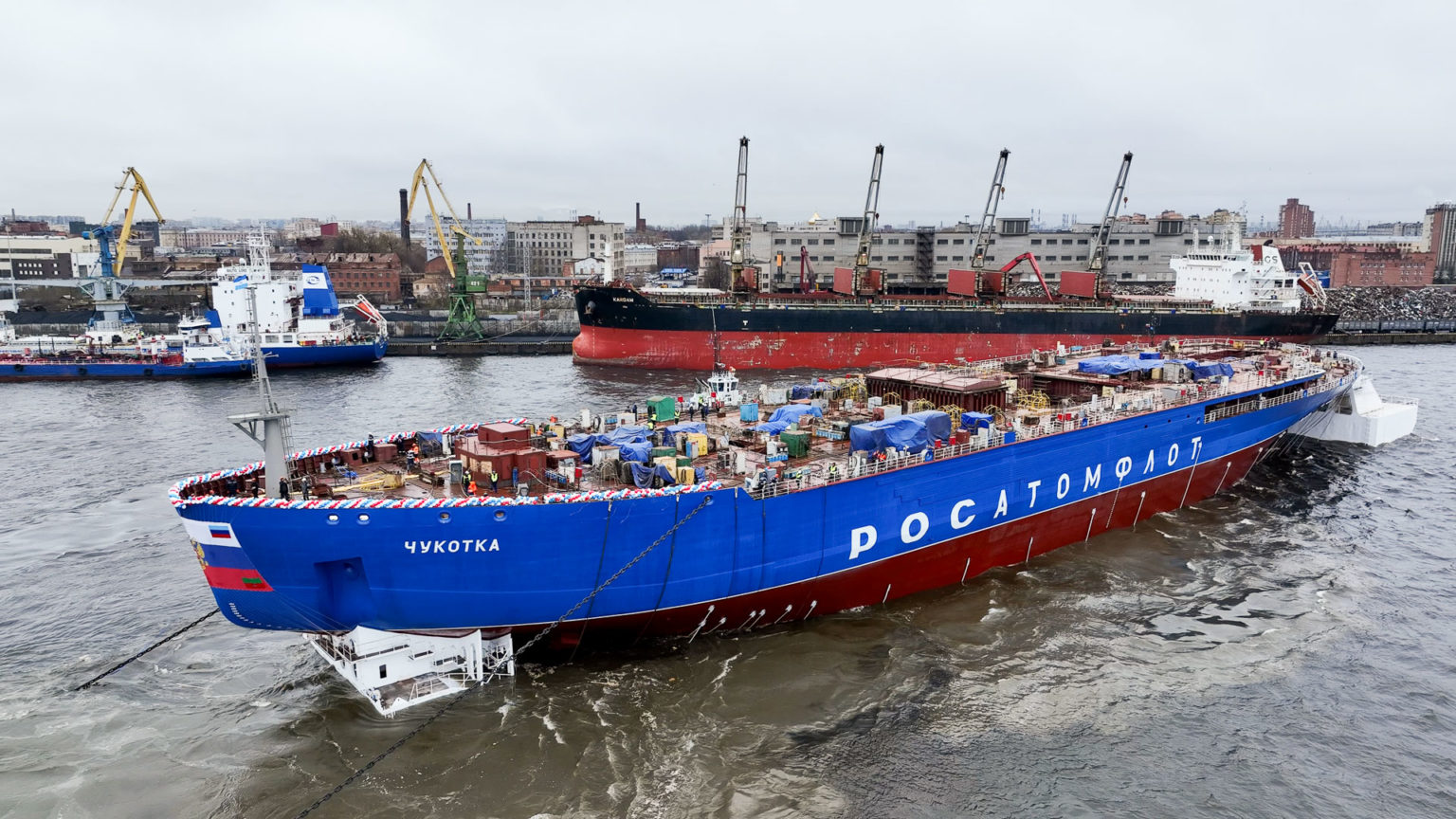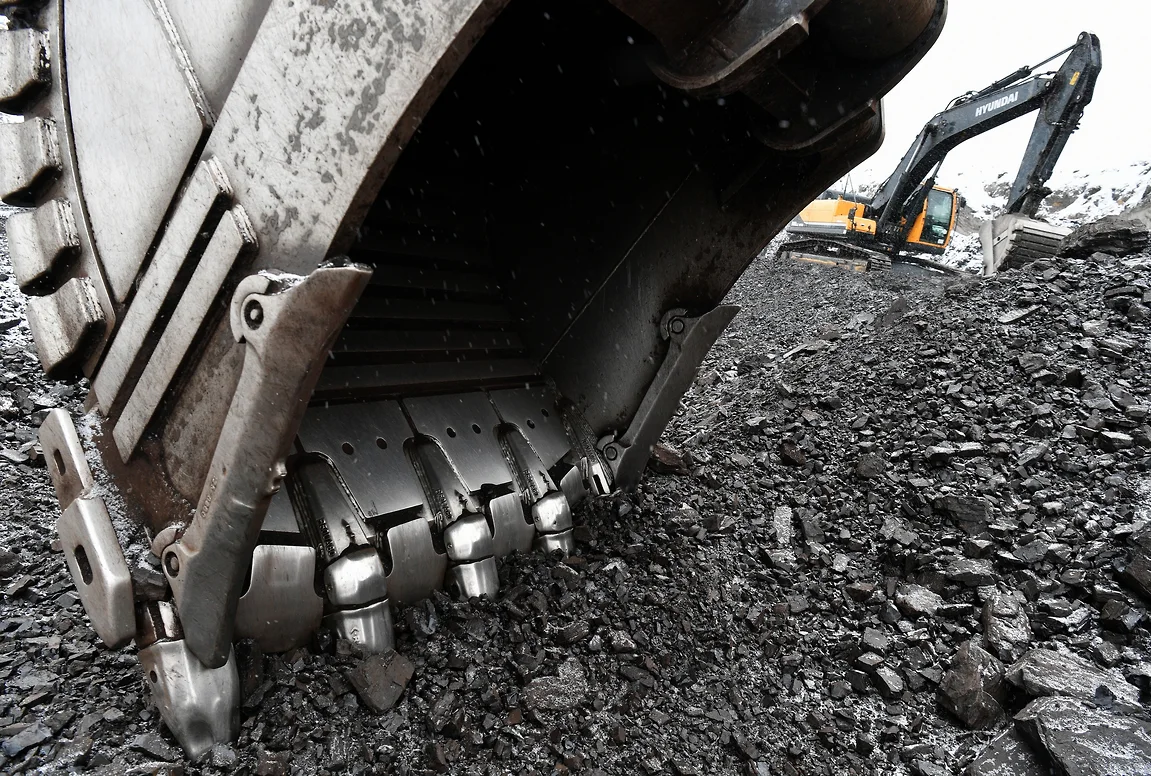
Russia Prioritizes Icebreakers in Scramble for Arctic (Part Two)
Russia Prioritizes Icebreakers in Scramble for Arctic (Part Two)
Executive Summary
- Russia remains the dominant player in the Arctic icebreaker sector, but this advantage may face challenges in the coming decade due to the collaborative ICE Pact involving the United States, Canada, and Finland.
- For Russia, icebreakers are essential for accessing Arctic resources, critical to its economy and survival as a great power. In contrast, Western countries view Arctic initiatives more as geopolitical prestige projects.
- If the ICE Pact progresses, Russia might respond by deepening cooperation with non-Western actors, potentially creating an alternative Arctic alliance with BRICS countries. This shift could benefit China, enhancing its role and presence in the Arctic.
The recent launch of the fifth Project 22220 Chukotka nuclear icebreaker on November 6 has strengthened Russia’s presence in the region and along the Northern Sea Route transportation artery (Spb.vedomosti.ru, November 6; see EDM, November 25). The launch was acclaimed by pro-Kremlin media and celebrated by Russian President Vladimir Putin as proof of Russia’s leadership in the Arctic. Ambitious plans to increase the use of military icebreakers are likely to fortify Russia’s position in the Arctic even further. Russia’s undisputed domination in the race to build the largest and best icebreaker fleet, one of the critical factors in the “scramble for the Arctic,” however, may be challenged in the next decade.
On July 11, the Biden administration announced the Icebreaker Collaboration Effort (ICE Pact), an agreement that strengthens collaboration between the United States, Canada and Finland “on the production of polar icebreakers.” This partnership aims to bolster the shipbuilding industry and industrial capacity of each country involved while fostering closer security and economic ties through information sharing and joint workforce development, with a focus on constructing polar icebreakers and enhancing other Arctic and polar capabilities (Whitehouse.gov, July 11). Given Finland’s unique expertise in the domain—Finnish companies have designed about 80 percent of the world’s icebreakers, and about 60 percent of them have been built in Finnish shipyards—it will assume the key role in manufacturing icebreakers in the next decade (Hs.fi, November 8).
Russia’s official reaction, expressed by mainstream media and pro-Kremlin commentators and experts, presented a mixture of derision and bravado with claims that “they will never match Russia” (19rusinfo.ru, November 7). A more detailed analysis of the Russian expert community and Chinese sources, however, paints a somewhat different picture. An article in the Chinese news outlet The Global Times states that the United States is objectively the most interested party among the signatories of the ICE Pact, as its icebreaker fleet is the weakest among the three. The article also recalls that between 2004 and 2005, US icebreaker capabilities were so dismal that it had to rely on Russian icebreakers to conduct research and exploration missions in Antarctica (Global Times, August 29). Under US President Donald Trump’s administration from 2017–2021 and his protectionist policies where icebreakers were to be built only on US territory—even though other producers, notably Finland, construct icebreakers much faster and at a much lower price—the United States essentially lost a decade in increasing its Arctic capabilities. Should the United States abandon its protectionist policies, remove certain administrative and regulatory barriers, and demonstrate clear determination, building between 70 to 90 icebreakers in the next decade becomes realistic. The Global Times article, however, remarks that filling the “icebreaker gap” overnight would be a very onerous task (Inosmi.ru, September 1).
Instead of ridiculing the US–Canada–Finland effort, more serious analytical articles in the Russian language suggest that Russia should turn attention to its own problems and deficiencies in the realm of icebreaker building. The authors of one analysis in the Russian news outlet Zvezda Weekly point to the story of the Project 10510 Leader icebreaker, whose launch was postponed until 2030 (Zvezdaweekly.ru, August 27). Another piece in the News Front Information Agency explicitly warns against “cocksure moods” (shapkozakidatelskije nastrojeniya) and derisive assessments of the multilateral initiative. Russia currently has an advantage over all three countries in the ICE Pact in terms of icebreakers. To an extent, however, this competitive advantage was secured by Russia’s partnership with Finland, a country that no longer collaborates with Russia in the production of icebreakers. Conversely, all three countries are highly advanced technological and industrial powers, and their problems “are incomparable with problems faced by Russia, which has lost the whole sectors of industries in the post-Soviet interim.” The News Front article notes that the ICE Pact “is a threat … whose effects will last decades” (News-front.su, July 18).
Another analysis authored by Andrey Kortunov from the Russian news outlet RIAC (Russian International Affairs Council) offers a different and sober-minded approach to the issue of the “icebreakers race” in the Arctic. In his analysis, he argued that the gap in icebreaker capabilities of Russia’s Western counterparts may be less related to their technological drawbacks or forfeited expertise, as argued by Russian pro-Kremlin mainstream sources, but rather their priorities in different spheres. Specifically, Kortunov stated that for Russia, building icebreakers is a question of existential necessity and, to an extent, survival as a great power. In contrast, for Western countries, including the United States, this is a matter of prestige and geopolitics but not a vital issue. Kortunov argued that maintaining access to and the ability to exploit the vast natural resources of the Arctic, which is crucial for the Russian economy, requires reliable access to these regions—a task that is inconceivable without icebreakers, as other transportation methods in Arctic conditions would be economically unviable.
Neither the United States nor even Canada currently has vital economic or social objectives in the Arctic that would be critical for the survival of either country. This means that these states may be reluctant to pour tens of billions of dollars into projects which by and large have very little pertinence to national economic and business interests. In his piece, Kortunov also highlighted another curious detail: In his opinion, the “icebreakers rush” (ledokolnaya likhoradka) in the United States has a visible cyclical nature. For instance, this cycle has typically reached its peak during US presidential election campaigns, with the last such “rush” taking place ahead of the 2020 election. Kortunov claimed that plans declared by the ICE Pact might turn out to be mainly declarative because there is very little practical need (military or economic) for North Atlantic Treaty Organization (NATO) countries to spend significant amounts of money on purely geopolitical initiatives (Russiancouncil.ru, July 29).
The question remains whether Russia would respond and how the United States, Canada, and Finland will proceed in the declared direction, if they so choose. Cash-stripped and politically isolated Russia would most likely opt to offer concessions in the Arctic to non-Western countries in exchange for economic and political-diplomatic support (Sergey Sukhankin and P. Whitney Lackenbauer, “Looking Beyond China: Non-Western Actors in the Russian Arctic after February 2022,” Arctic Yearbook, 2024). Incidentally, this idea has been expressed by a member of the Russian State Duma Committee on the Development of the Far East and the Arctic, Nikolay Novichkov, who said that one way Russia could respond to the forming “triad” is to create an alternative version of the Arctic Council among BRICS (a loose political-economic grouping originally consisting of Brazil, Russia, India, China, and South Africa) countries (Absatz.media, July 12). Under this scenario, China could become the primary winner who could expand its presence and strengthen its role in the Arctic as a result of Russia’s increasing weakness and geopolitical follies.


